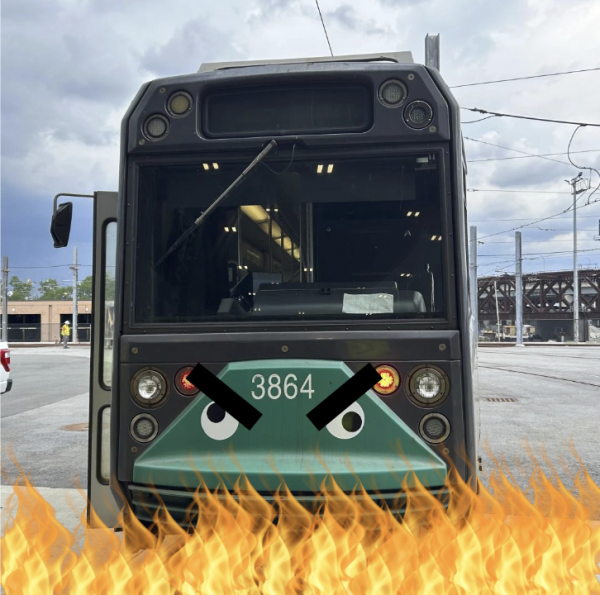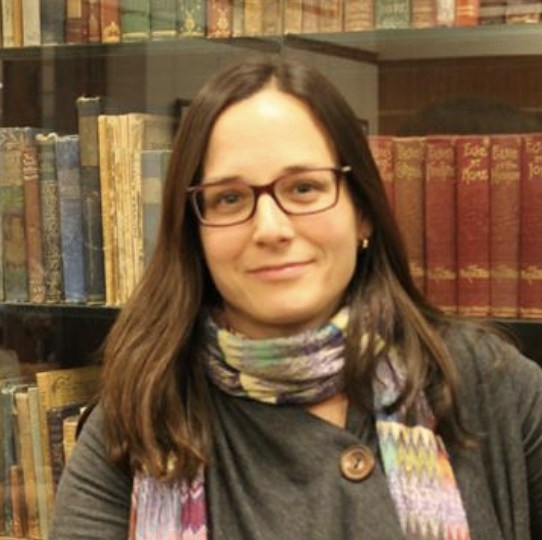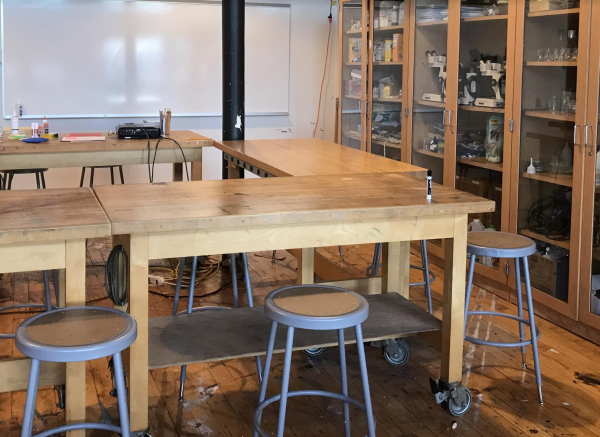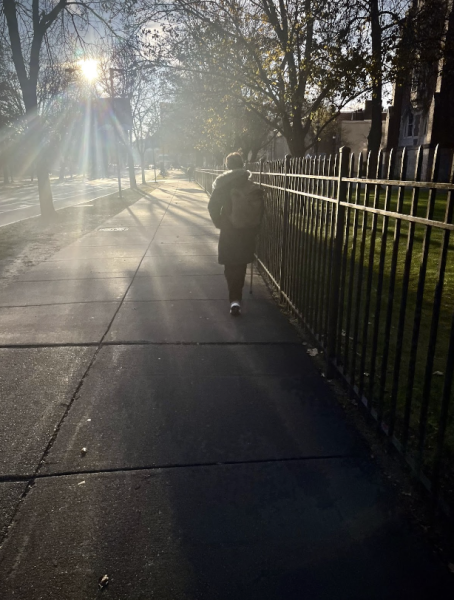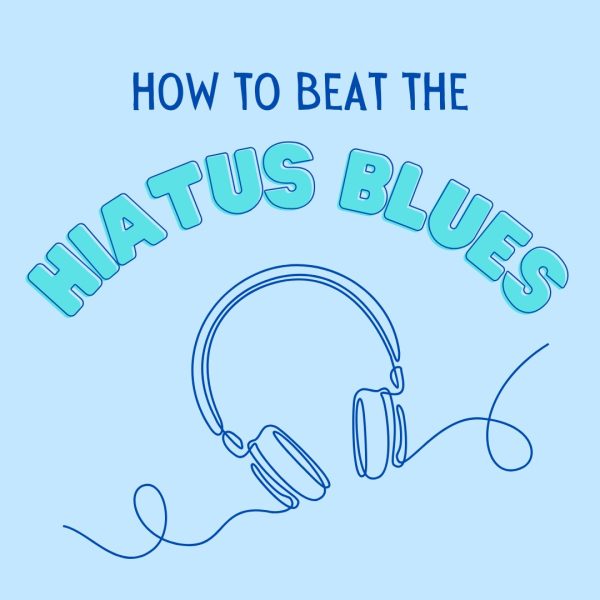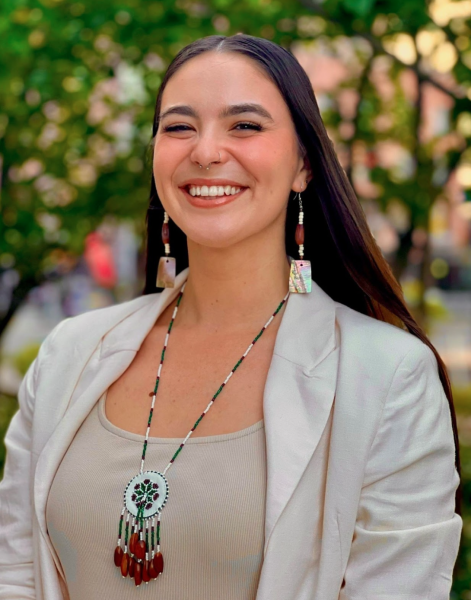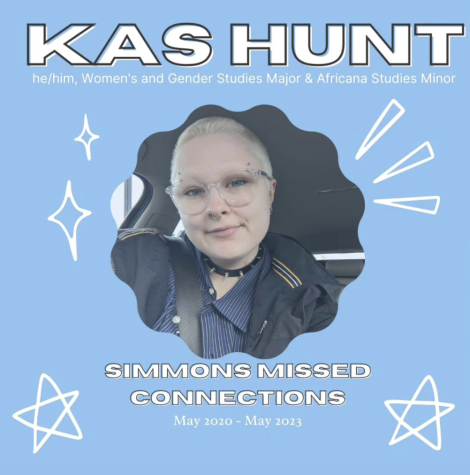Professors talk online teaching and lessons from last year as the semester halfway mark approaches
March 31, 2021
The end of March marks the second month of the second full semester of online learning for Simmons. For professors, this means continually adapting to the challenges of the pandemic while keeping their students engaged with their courses.
English professor Audrey Golden, economics professor Zinnia Mukherjee and statistics professor Anthony Scotina have a full semester of online teaching under their belt, and all spoke to the fact that they have learned from what worked and what didn’t last semester to prepare for the current semester.
Scotina said that for his classes, he taught with about a half-and-half mix of synchronous and asynchronous work last semester. Now, however, Scotina has decided to do completely synchronous meetings for his courses, which has been working well for him.
“I think online learning can be fantastic,” he said. “But what I found, and I’m not saying this is the correct approach, but one of the great things about Simmons is the opportunity to have more close-knit contact with faculty, so I found that the asynchronous part wasn’t working as well for this particular group [of students.]”
Scotina spoke to the fact that online learning for students is much different than a traditional online college experience, mainly because the conditions of the pandemic have forced students who would prefer to be on the ground to have to learn online, something that pushed him towards teaching synchronously this semester.
He also noted that he has been trying not to overuse breakout rooms, which he found to be a “hit or miss” last semester.
“But when I do breakout rooms, I try to have more of a direct purpose to them,” he said. “I might say here’s a data set and make a graph; that’s a relatively vague direction, but it’s different from saying make this very specific thing, such that everyone’s answer is going to be the exact same. This makes it a little interesting looking at it after since the answers are different.”
To reduce student stress, Scotina has also stopped giving out penalties for late work, and has made an effort to be available for his students with any concerns, either through email or virtual office hours.
“There are bigger things happening that can take precedence over, like, a random problem set assignment or something like that,” he said.
Building upon her experiences last semester, Golden has been continually thinking about ways to keep her students engaged with course content. Through her own research into online teaching pedagogy, she learned that the “sweet spot” for recorded lectures is 10-15 minutes, so she makes an effort to keep her lectures in between that time frame. She has even found a new skill in video recording and editing.
“My classes have been going really well, and I’ve found that I enjoy writing and recording lectures,” she said. “I’ve been thinking a lot about how to make my lectures aesthetically engaging through things like typeface or length.”
She also has been using YouTube lectures, TedTalks and digital oral history archives to supplement her courses, which she has found to be an effective way to break up her mini lectures and other assignments.
Mukherjee took this approach as well, incorporating videos and newspaper articles relevant to the course material into her classes to keep her students “energized” and to “improve their learning experience” after she was told by her classes of their Zoom fatigue towards the end of last semester.
“In both semesters, I felt my students have been very understanding and willing to adjust with the changes, given the situation. In some ways, online teaching has allowed me to cover some additional course materials than in the past,” she said. “I don’t think I have implemented any special strategy, but I make it a point to listen to my students about their online learning experience so that I can continue to make improvements to my online course offerings.”
Communication with students was something that all three professors noted the importance of, and although office hours aren’t as well attended virtually as they would be in-person, Golden, Scotina and Mukherjee make a point to let their students know they can reach out with any concerns.
“Faculty are really trying their best with the asynchronous content,” Golden said. “If something’s not working, let us know.”
According to the three professors, to support faculty in constructing their courses for the online semesters, 2U provided training intensives over the summer to help faculty in the building of their courses on the platform.
Last summer, the company sent all faculty members a “studio in a box,” which consisted of a web camera, ring light, backdrop, and microphone to help professors in recording asynchronous content and also in their synchronous sessions.
The Center for Excellence in Teaching (CET) has also been available to faculty for assistance with all aspects of teaching online throughout the transition process from in-person courses to the online platform.
What professors want their students to know, however, is that they are going through the same things their students are– exhaustion, burnout and anxiety surrounding the pandemic.
“As faculty, we’re all trying our best,” Scotina said. “We’re trying our best to teach the classes but also in a way where students will get something out of them. I strongly believe that flexibility and grace is at the top of the list in terms of things that we can do in this environment to support both faculty and students.”
Golden echoed this.
“We’re only human,” she said. “We’re probably struggling in a lot of the ways they’re [students] are struggling.”
At the same time, all three professors recognized the hard work and dedication their students have displayed throughout the year, even under the conditions of the pandemic.
“I think the students have been very good so far. Of course, at certain times of the semester, they have experienced a bit of Zoom fatigue, but we tried to take a team approach and work through the challenges together,” Mukherjee said.
“Biggest thing I’ve come to appreciate is the students,” Scotina added. “Students have a full course load, and the classes I teach are challenging, but they really work hard. Obviously I knew my students were great but during remote learning they really haven’t missed a beat.”







